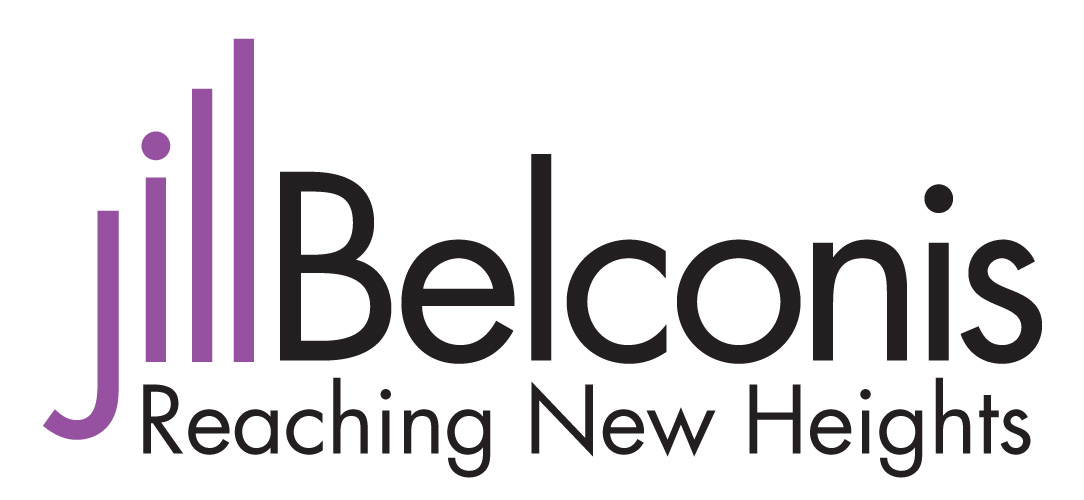Strategic planning must now embrace the certainty of uncertainty. Recent global events have underscored the inherent unpredictability of the landscape we operate within, demanding a new level of adaptability and strategic resilience.
Think back to a time of significant disruption – for many, the rapid shifts of the past few years brought into sharp focus the critical importance of agility. Businesses that swiftly adapted their operations, embraced new technologies, and found innovative ways to connect with their customers demonstrated a crucial element of resilience in action. This period taught us that even amidst profound uncertainty, the capacity to pivot and innovate is paramount for navigating the unexpected.
And that brings us to a crucial question many leaders are grappling with today, amidst ongoing economic shifts and evolving landscapes: Is this the time to play to win, or to play not to lose?
The answer, like most strategic decisions, isn't a simple either/or. It's a nuanced process that requires careful consideration of your current position, your resources, and the specific opportunities and threats that lie ahead.
Playing not to lose often involves a focus on risk mitigation, cost optimization, and protecting your core business. It’s about weathering the storm, ensuring stability, and preserving capital. This strategy can be essential during periods of heightened uncertainty, providing a solid foundation from which to eventually rebuild or advance.
However, solely focusing on playing not to lose can inadvertently lead to stagnation and missed opportunities. Countless businesses have found that excessive caution paved the way for more agile competitors to surpass them.
Playing to win, on the other hand, is about embracing calculated risks, pursuing growth opportunities, and actively shaping your future. It requires a mindset of innovation, a willingness to invest strategically, and a clear vision for where you want to be. This is about identifying emerging trends, understanding evolving customer needs, and boldly stepping forward, even when the path isn't entirely clear.
The experience of navigating recent disruptions highlighted that those who not only endured but progressed often did so by identifying new needs and boldly experimenting with solutions. They didn't just hunker down; they saw the challenges as a catalyst for innovation and deeper customer engagement.
So, how do you determine the right approach for your business right now? Consider these questions:
What is your current financial position and runway? A strong foundation allows for more risk-taking.
What are the biggest opportunities and threats in your industry? Are there emerging trends you can capitalize on? Are there significant risks you need to mitigate?
What is your team's capacity for change and innovation? Do you have the right people and processes in place to pursue growth? (Empowering you to confidently answer "yes" to these questions is at the heart of my work!)
What is your appetite for risk? Understanding your comfort level is crucial for making sustainable strategic decisions.
Ultimately, the most effective strategy often involves a blend of both approaches. It's about playing smart – being prudent with resources while remaining agile and open to opportunities. It's about building a resilient foundation while simultaneously scanning the horizon for possibilities.
The uncertain times we navigate demand not just survival, but a strategic resilience that allows us to adapt, innovate, and ultimately, thrive. Let the lessons of navigating past disruptions inform our present and let a bold yet considered vision guide our future.
Now, take a moment to consider: how will you play to win?


